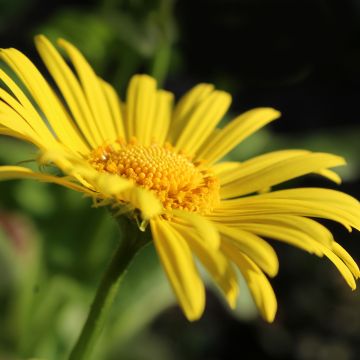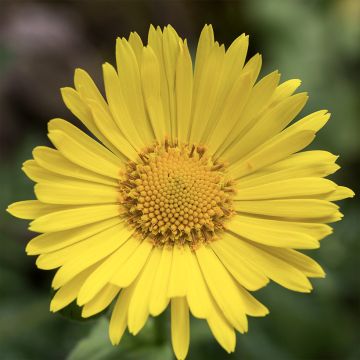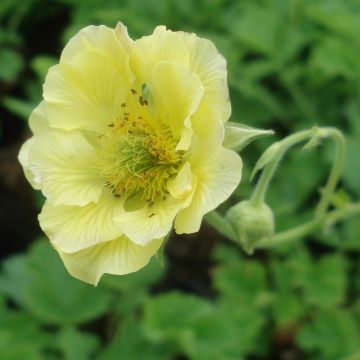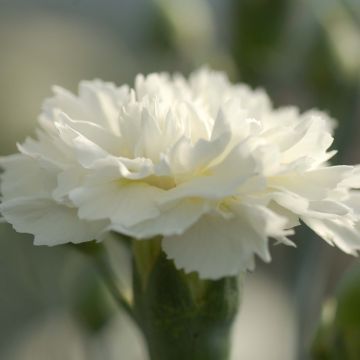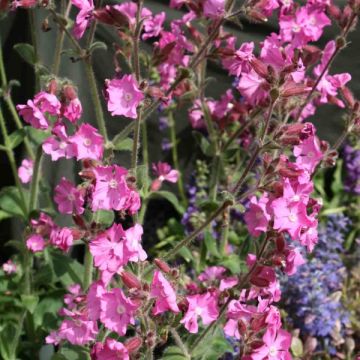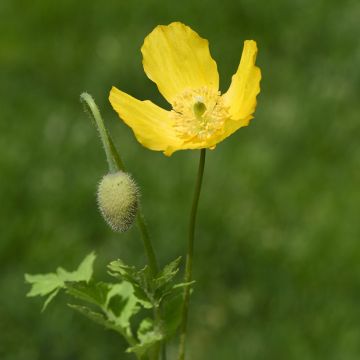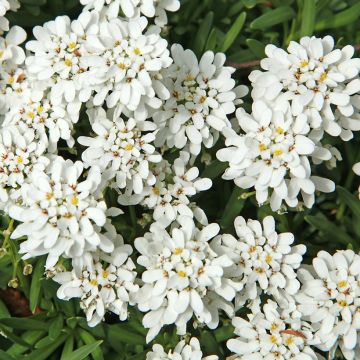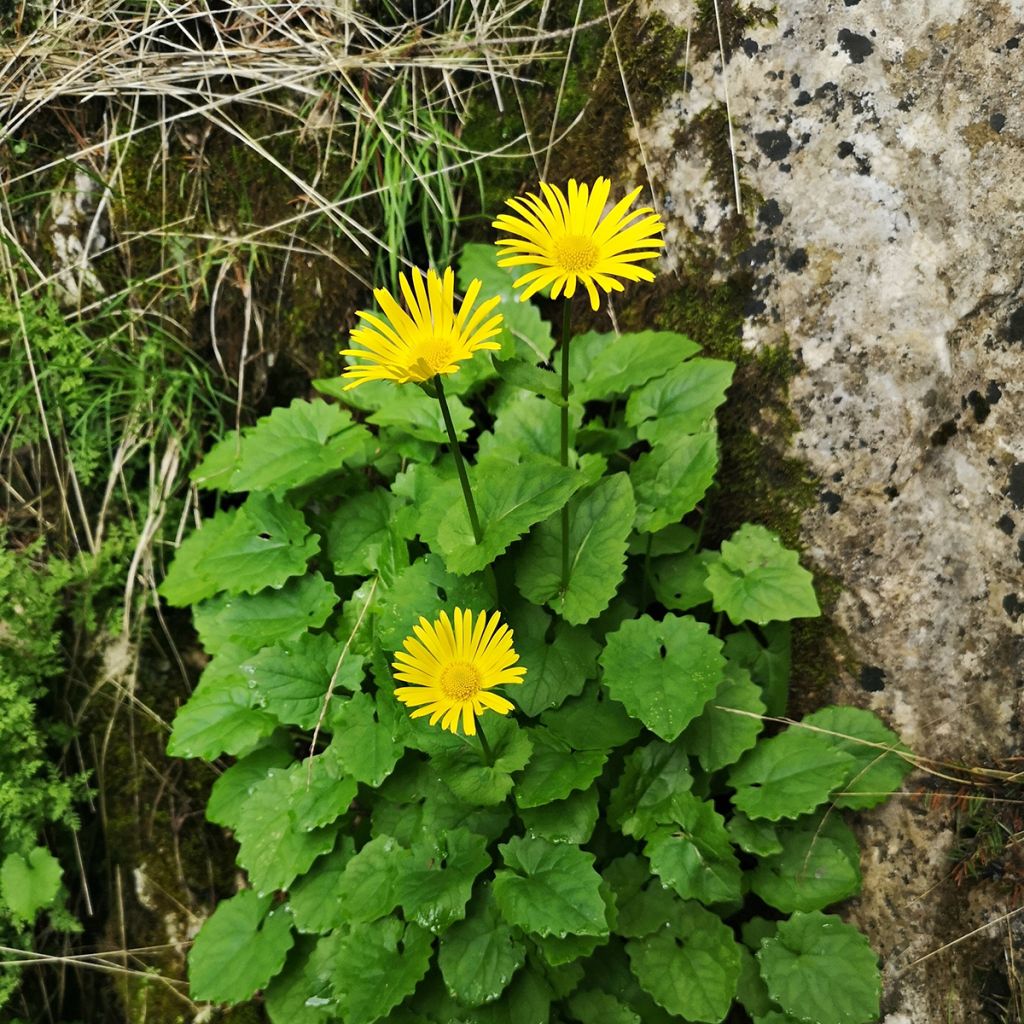

Doronicum plantagineum Excelsum
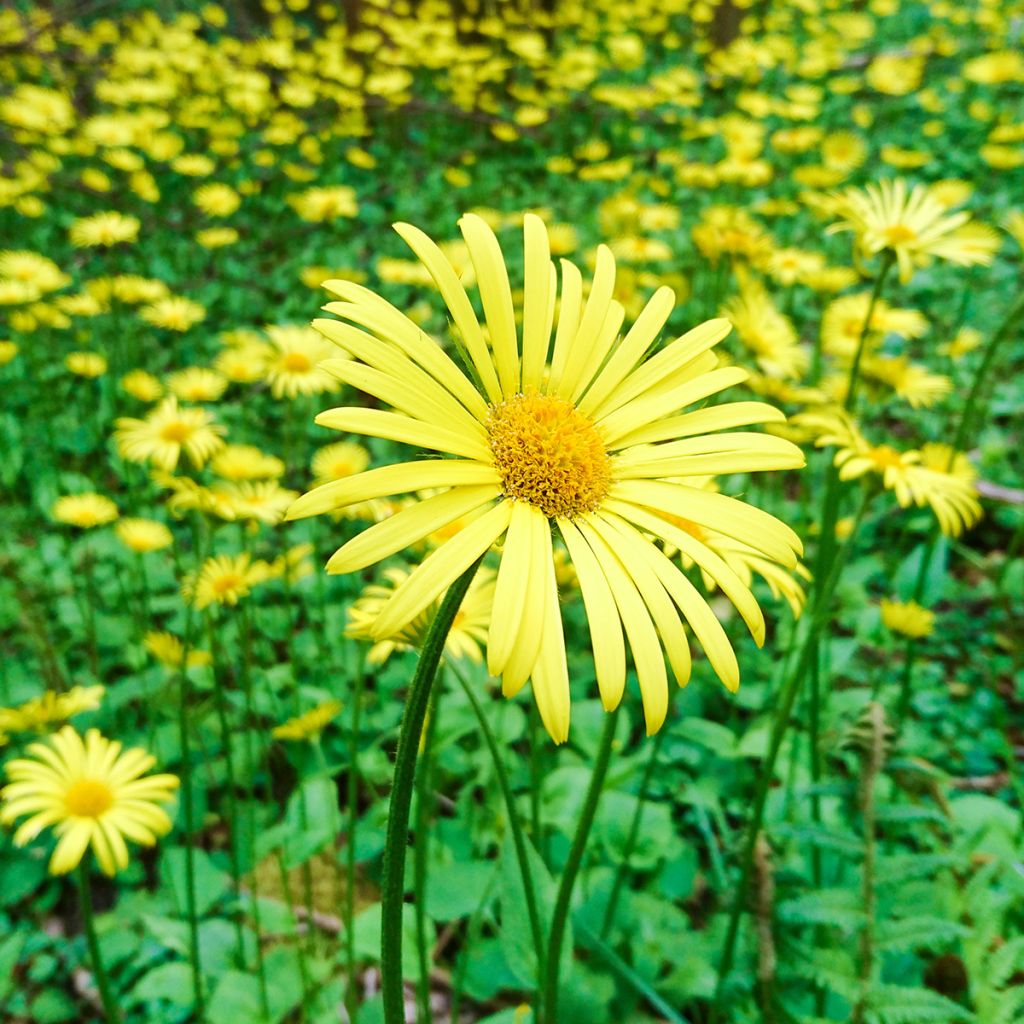

Doronicum plantagineum Excelsum
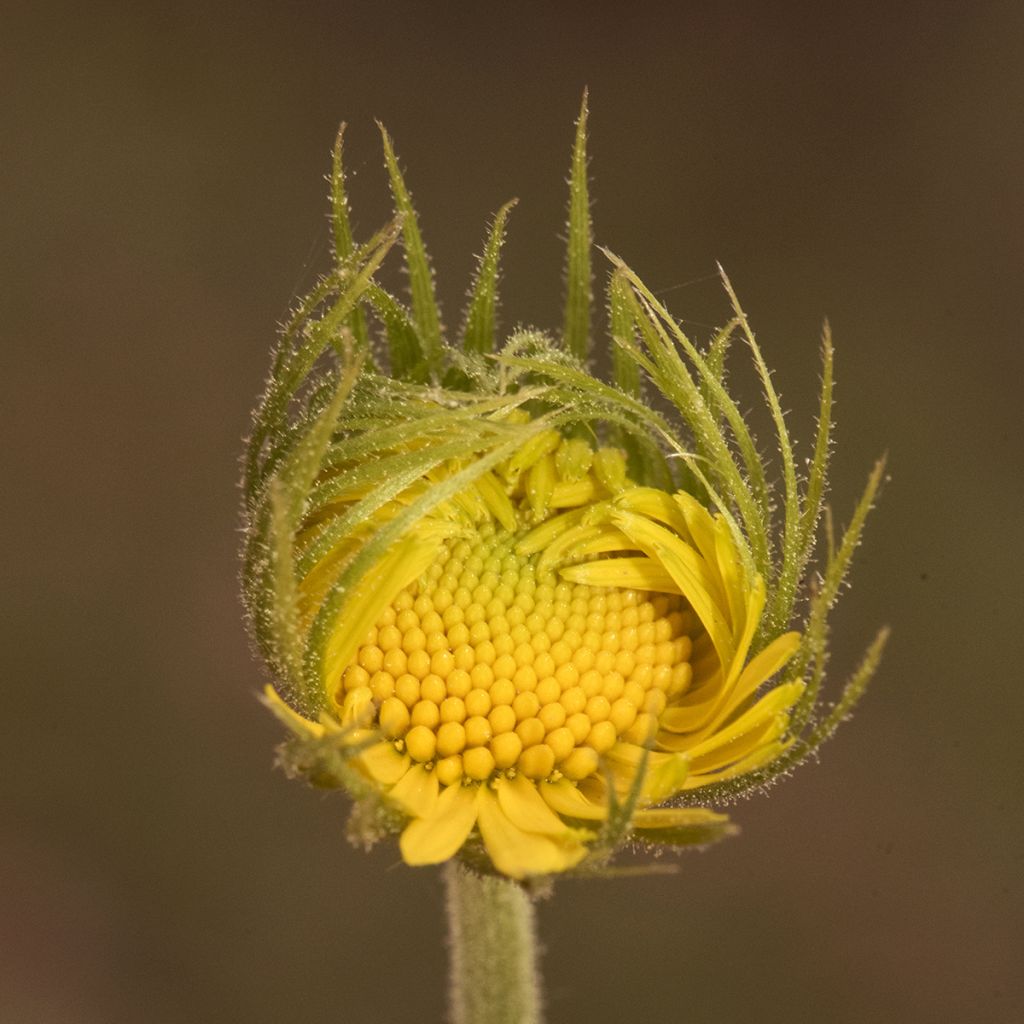

Doronicum plantagineum Excelsum
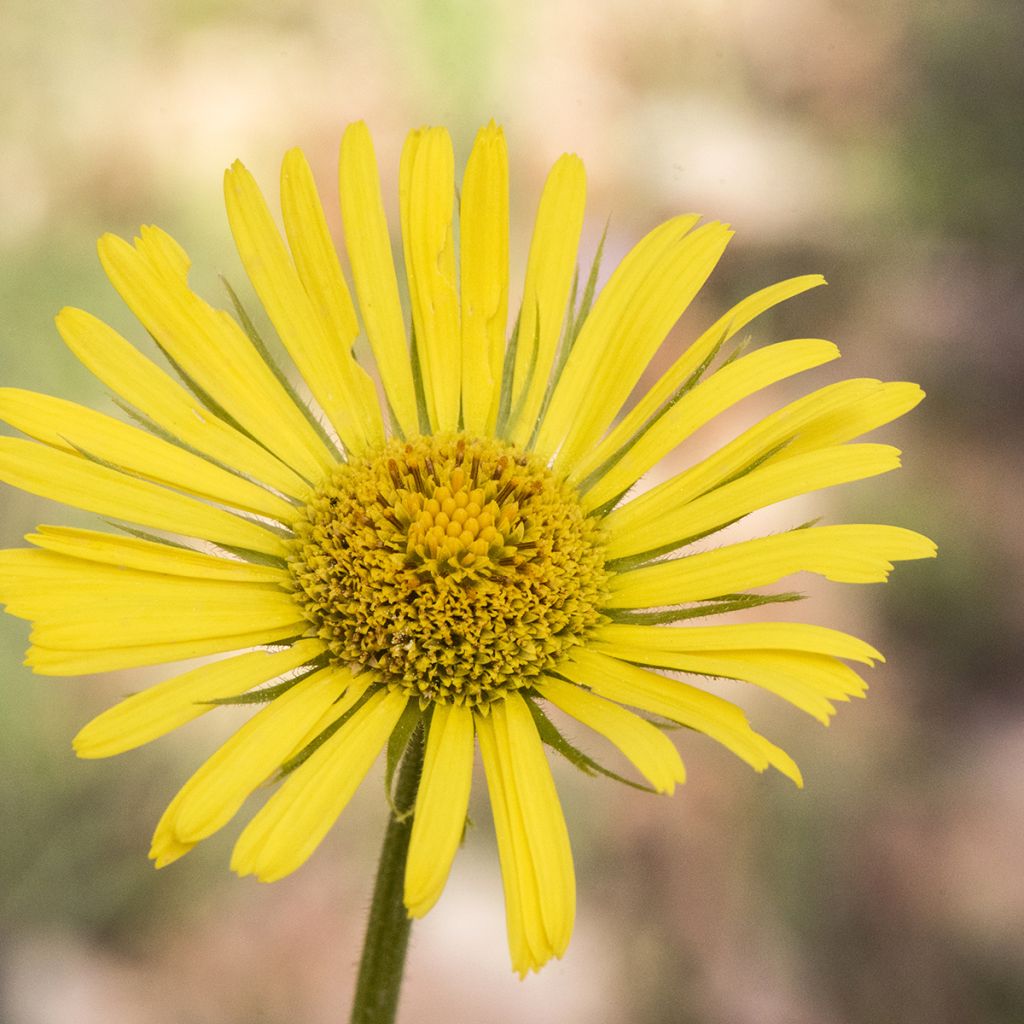

Doronicum plantagineum Excelsum


Doronicum plantagineum Excelsum
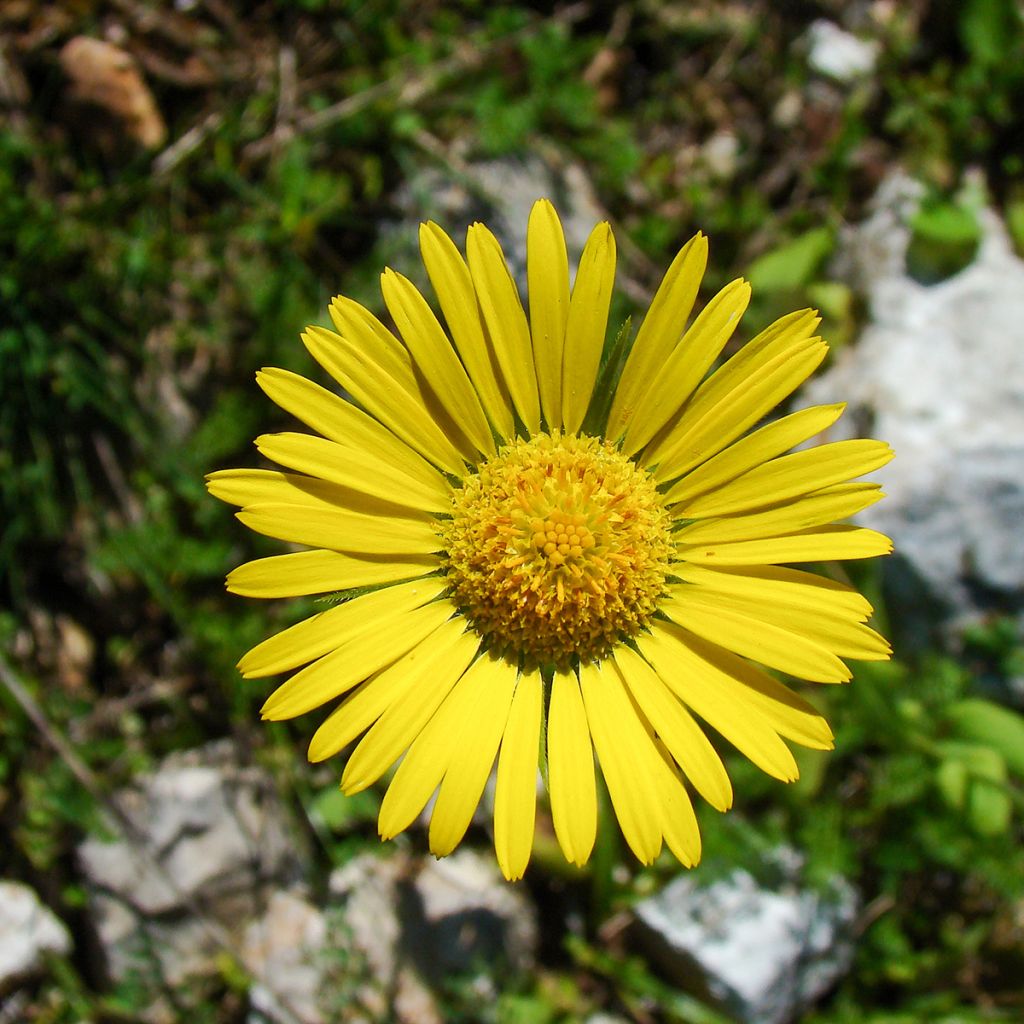

Doronicum plantagineum Excelsum
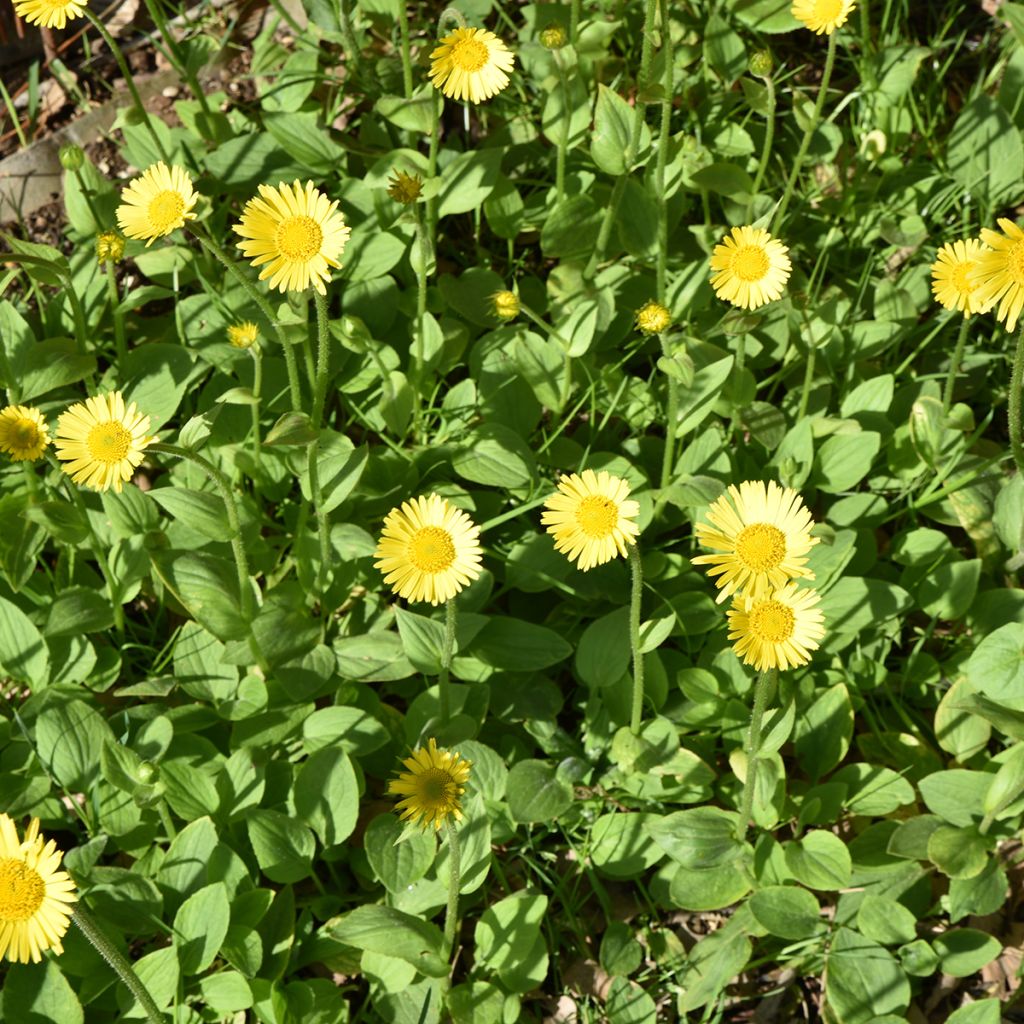

Doronicum plantagineum Excelsum
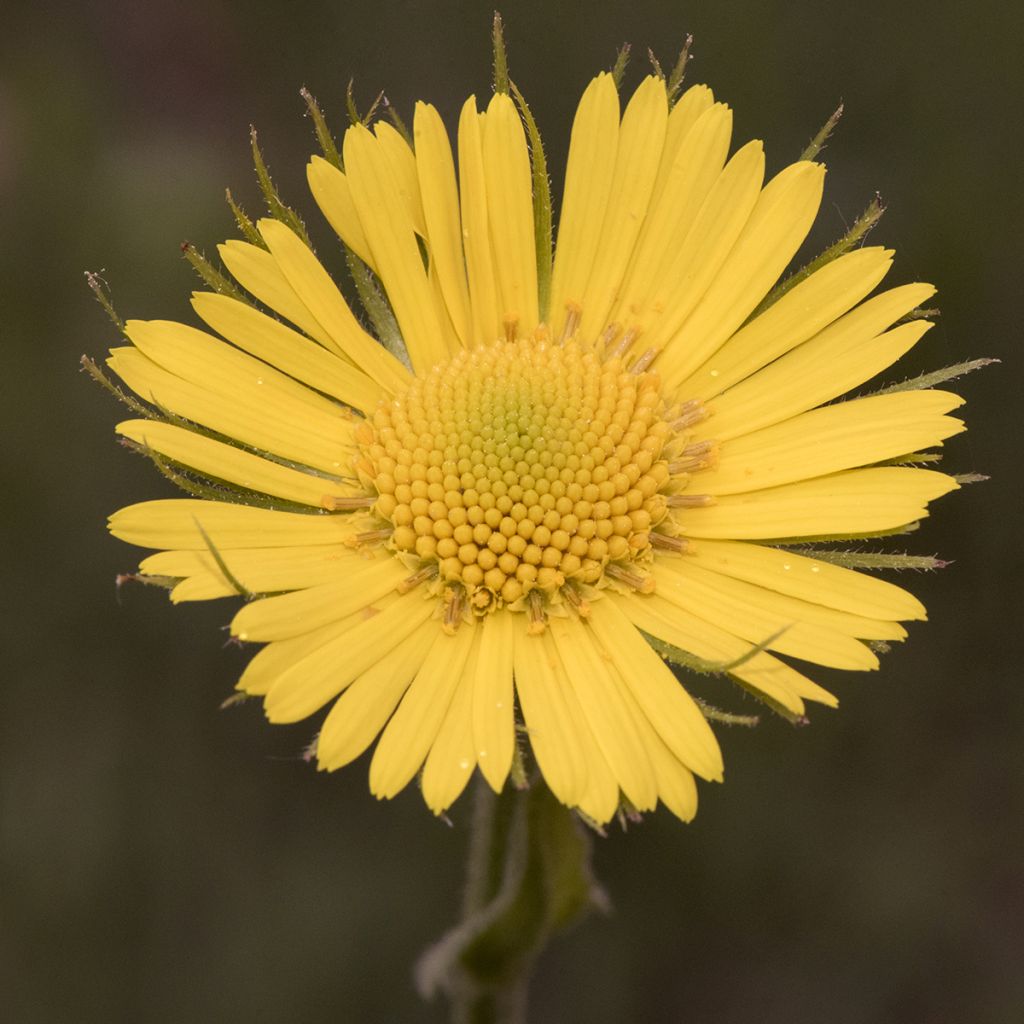

Doronicum plantagineum Excelsum
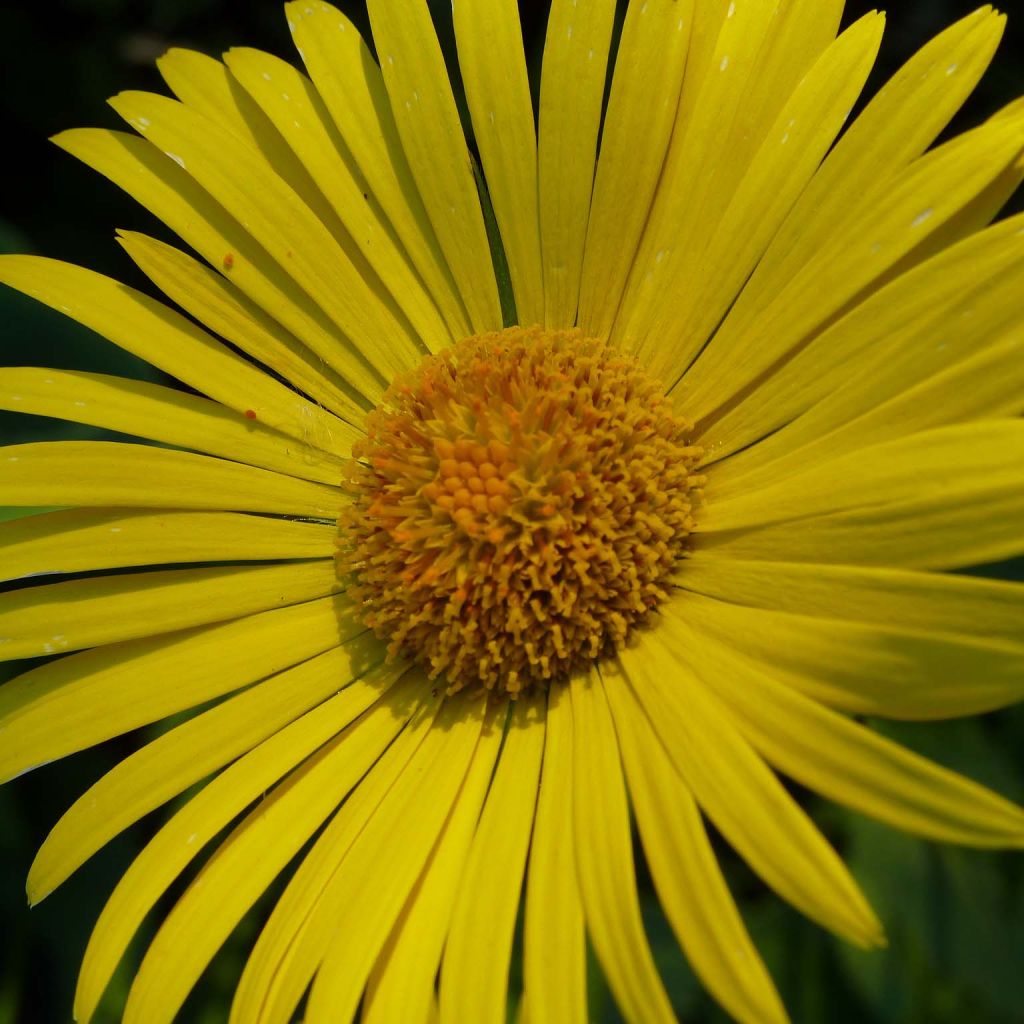

Doronicum plantagineum Excelsum
Doronicum plantagineum Excelsum
Doronicum plantagineum Excelsum
Plantain Leopard's Bane
Special offer!
Receive a €20 voucher for any order over €90 (excluding delivery costs, credit notes, and plastic-free options)!
1- Add your favorite plants to your cart.
2- Once you have reached €90, confirm your order (you can even choose the delivery date!).
3- As soon as your order is shipped, you will receive an email containing your voucher code, valid for 3 months (90 days).
Your voucher is unique and can only be used once, for any order with a minimum value of €20, excluding delivery costs.
Can be combined with other current offers, non-divisible and non-refundable.
Why not try an alternative variety in stock?
View all →This plant carries a 12 months recovery warranty
More information
We guarantee the quality of our plants for a full growing cycle, and will replace at our expense any plant that fails to recover under normal climatic and planting conditions.
Would this plant suit my garden?
Set up your Plantfit profile →
Description
Doronicum plantagineum or Plantain-leaved Doronicum is a sturdy and hardy perennial. Its flowering begins in March-April and attracts the first pollinators, bringing life to the garden just before summer. Its long, slender, and bright yellow florets are very graceful and react to the slightest breeze. They add a very natural touch to flowerbeds.
The Plantain-leaved Doronicum forms an upright clump that can reach up to 70cm (28in) tall, but with a rather loose and flexible habit, which tends to spread out a bit. It is a herbaceous perennial with stoloniferous growth, having a base covered with deciduous leaves of a slightly tender, bright green colour. These leaves are heart-shaped, slightly dentate, and quite large (5-6cm (2in)). On the long pubescent stems, a few sessile, lanceolate, and smaller leaves are alternately arranged. At the top, the cup-shaped heads clearly illuminate the whole plant. They consist of a beautiful lemon yellow heart in the form of a small button, surrounded by a row of thin and long florets of the same shade.
'Excelsum' thrives in full sun and tolerates partial shade. It can grow in any type of soil, preferably moist but not waterlogged, and rather rich. By removing faded flowers from the beginning of summer, you will help strengthen its stump. However, it does not require any particular monitoring and is therefore suitable for low-maintenance gardens and busy gardeners.
To welcome spring with joy, adopt 'Excelsum'. In groups, it will draw attention to slightly forgotten areas, thus attracting visitors to the back of the garden. Mixed with some Daffodils, Bluebells, Primroses, and Icelandic Poppies, it will create a slightly wild composition that will please bees.
Report an error about the product description
Doronicum plantagineum Excelsum in pictures


Flowering
Foliage
Plant habit
Botanical data
Doronicum
plantagineum
Excelsum
Asteraceae
Plantain Leopard's Bane
Cultivar or hybrid
Other Doronicum - Leopard's-bane
View all →Planting and care
The 'Excelsum' Doronicum settles in place in spring or autumn. It prefers sunny exposures, but also accepts partial shade.
All types of soil suit it, especially if they are slightly moist, but not waterlogged.
It does not require any maintenance and is therefore suitable for beginners or busy gardeners.
Planting period
Intended location
Care
This item has not been reviewed yet - be the first to leave a review about it.
Similar products
Haven't found what you were looking for?
Hardiness is the lowest winter temperature a plant can endure without suffering serious damage or even dying. However, hardiness is affected by location (a sheltered area, such as a patio), protection (winter cover) and soil type (hardiness is improved by well-drained soil).

Photo Sharing Terms & Conditions
In order to encourage gardeners to interact and share their experiences, Promesse de fleurs offers various media enabling content to be uploaded onto its Site - in particular via the ‘Photo sharing’ module.
The User agrees to refrain from:
- Posting any content that is illegal, prejudicial, insulting, racist, inciteful to hatred, revisionist, contrary to public decency, that infringes on privacy or on the privacy rights of third parties, in particular the publicity rights of persons and goods, intellectual property rights, or the right to privacy.
- Submitting content on behalf of a third party;
- Impersonate the identity of a third party and/or publish any personal information about a third party;
In general, the User undertakes to refrain from any unethical behaviour.
All Content (in particular text, comments, files, images, photos, videos, creative works, etc.), which may be subject to property or intellectual property rights, image or other private rights, shall remain the property of the User, subject to the limited rights granted by the terms of the licence granted by Promesse de fleurs as stated below. Users are at liberty to publish or not to publish such Content on the Site, notably via the ‘Photo Sharing’ facility, and accept that this Content shall be made public and freely accessible, notably on the Internet.
Users further acknowledge, undertake to have ,and guarantee that they hold all necessary rights and permissions to publish such material on the Site, in particular with regard to the legislation in force pertaining to any privacy, property, intellectual property, image, or contractual rights, or rights of any other nature. By publishing such Content on the Site, Users acknowledge accepting full liability as publishers of the Content within the meaning of the law, and grant Promesse de fleurs, free of charge, an inclusive, worldwide licence for the said Content for the entire duration of its publication, including all reproduction, representation, up/downloading, displaying, performing, transmission, and storage rights.
Users also grant permission for their name to be linked to the Content and accept that this link may not always be made available.
By engaging in posting material, Users consent to their Content becoming automatically accessible on the Internet, in particular on other sites and/or blogs and/or web pages of the Promesse de fleurs site, including in particular social pages and the Promesse de fleurs catalogue.
Users may secure the removal of entrusted content free of charge by issuing a simple request via our contact form.
The flowering period indicated on our website applies to countries and regions located in USDA zone 8 (France, the United Kingdom, Ireland, the Netherlands, etc.)
It will vary according to where you live:
- In zones 9 to 10 (Italy, Spain, Greece, etc.), flowering will occur about 2 to 4 weeks earlier.
- In zones 6 to 7 (Germany, Poland, Slovenia, and lower mountainous regions), flowering will be delayed by 2 to 3 weeks.
- In zone 5 (Central Europe, Scandinavia), blooming will be delayed by 3 to 5 weeks.
In temperate climates, pruning of spring-flowering shrubs (forsythia, spireas, etc.) should be done just after flowering.
Pruning of summer-flowering shrubs (Indian Lilac, Perovskia, etc.) can be done in winter or spring.
In cold regions as well as with frost-sensitive plants, avoid pruning too early when severe frosts may still occur.
The planting period indicated on our website applies to countries and regions located in USDA zone 8 (France, United Kingdom, Ireland, Netherlands).
It will vary according to where you live:
- In Mediterranean zones (Marseille, Madrid, Milan, etc.), autumn and winter are the best planting periods.
- In continental zones (Strasbourg, Munich, Vienna, etc.), delay planting by 2 to 3 weeks in spring and bring it forward by 2 to 4 weeks in autumn.
- In mountainous regions (the Alps, Pyrenees, Carpathians, etc.), it is best to plant in late spring (May-June) or late summer (August-September).
The harvesting period indicated on our website applies to countries and regions in USDA zone 8 (France, England, Ireland, the Netherlands).
In colder areas (Scandinavia, Poland, Austria...) fruit and vegetable harvests are likely to be delayed by 3-4 weeks.
In warmer areas (Italy, Spain, Greece, etc.), harvesting will probably take place earlier, depending on weather conditions.
The sowing periods indicated on our website apply to countries and regions within USDA Zone 8 (France, UK, Ireland, Netherlands).
In colder areas (Scandinavia, Poland, Austria...), delay any outdoor sowing by 3-4 weeks, or sow under glass.
In warmer climes (Italy, Spain, Greece, etc.), bring outdoor sowing forward by a few weeks.
































